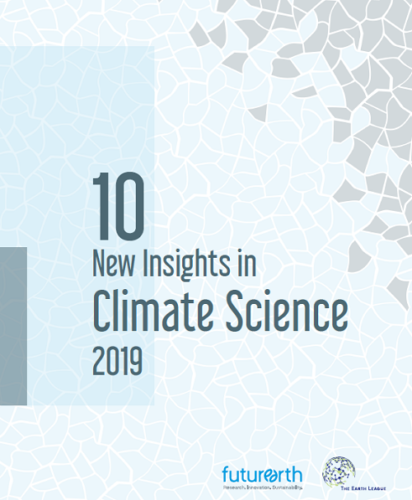The world continues to emit greenhouse gases while our planet’s climate is changing faster than ever.
The 10 New Insights in Climate Science 2019 (full report) intends to take up the latest and most essential scientific findings published in an extraordinary year – the climate science year in review.
- The world is not on track
- Climate change is faster and stronger than expected
- Climate change leaves no mountain summit behind
- Forests are under threat, with global consequences
- Weather Extremes – a “new normal” in 2019
- Biodiversity – threatened guardian of Earth’s resilience
- Climate change threatens food security and the health of hundreds of millions
- Most vulnerable and poor hardest hit by climate change
- Equity and equality pivotal to successful climate change mitigation and adaptation
- Time may have come for social tipping points on climate action
1. The world is not on track
- Greenhouse gas emissions continue to increase and the gap between current trends and agreed climate targets has widened.
- Existing fossil-based infrastructure will, if operated during its full lifecycle, take the world above 1.5°C global warming.
- The use of coal has slowed down and is declining in many countries but oil and natural gas is still growing.
- Carbon Dioxide Reduction in some form is likely needed but shouldn’t be viewed as a substitute for mitigation.

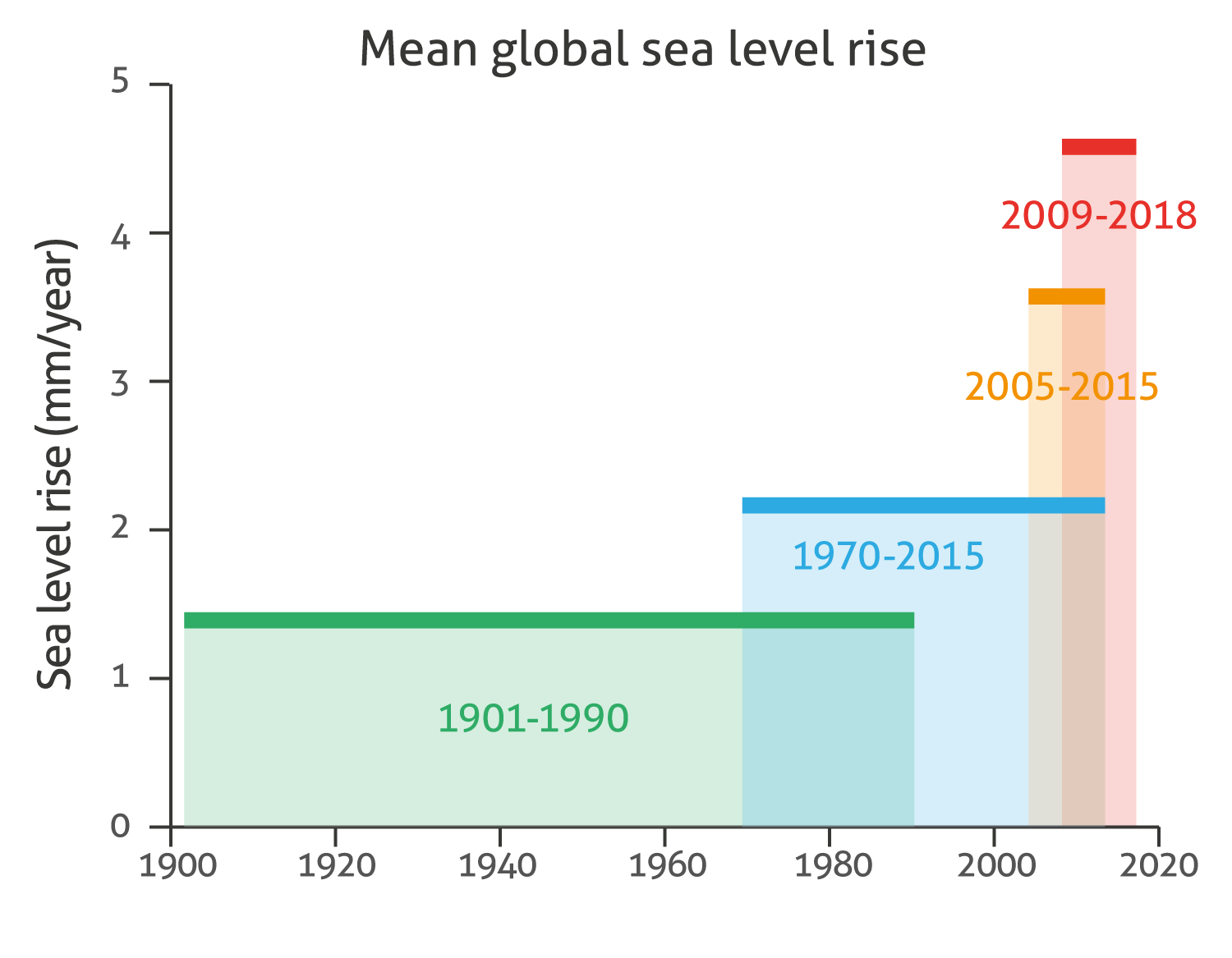
2. Climate change is faster and stronger than expected
- Observations show signs of continuing warming, while sea level rise is accelerating.
- Greenland and parts of Antarctic ice sheets are showing signs of destabilizing much sooner than expected.
- Further impacts on ice sheets and sea level rise have probably been underestimated in the latest IPCC Assessment Report.
- High sea-level events that used to happen every 100 years could be experienced every year in megacities around the world by 2050.
3. Climate change leaves no mountain summit behind
- Glaciers are on average estimated to have lost about half a meter in thickness per year in 2006-2015.
- Changes to glaciers, snow and ice in mountains will likely influence water availability for over a billion people downstream by mid-century.
- Climate change irreversibly affects mountain ecosystems and their biodiversity, reducing the area of biodiversity hotspots and causing species to go extinct.
- Adaptation to climate change is possible but its effectiveness is severely constrained if high emissions continue.

4. Forests are under threat, with global consequences
- The World’s forests are a major CO2 sink, absorbing about 30% of anthropogenic CO2 emissions forest fires driven by human land-use alternation has been reducing major CO2 “sinks.”
- Climate change globally amplifies wild forest fires.
- “CO2 fertilization” increases forest photosynthesis capacity, but is increasingly offset by temperature increases that cause tree mortality.
- Fighting deforestation and encouraging reforestation, along with sustainable forest management and other natural climate solutions are important and cost-effective options for reduced net emissions.
5. Weather Extremes – a “new normal” in 2019
- Some extreme weather continues to become more likely and more severe.
- Increasing number of extremes events but impacts are region-specific.
- Europe has seen a particularly strong increase in heat extremes.
- The duration of extreme weather events is anticipated to increase in a 2°C world.
- Synchronous extremes are risky in a globally-connected world.
- Societies often don’t have time to fully recover from extreme events before another one hits.
- Ambitious mitigation can curb risks, but with 1.5°C warming regionally dangerous levels will be reached.
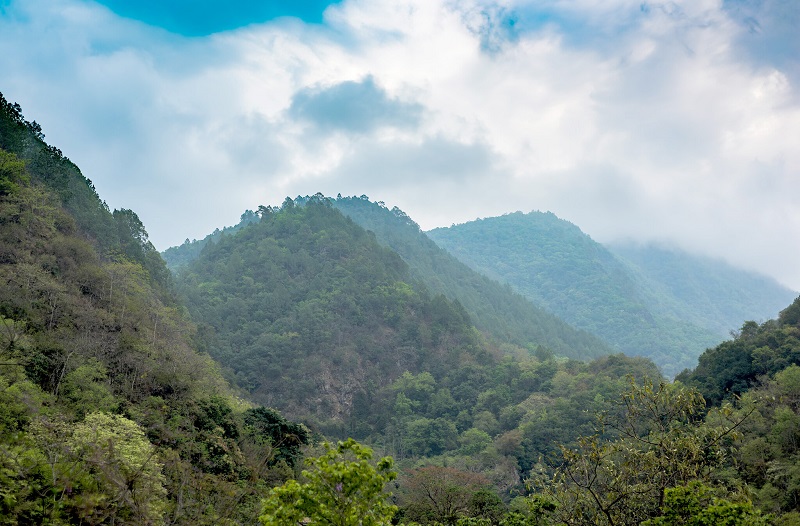
6. Biodiversity – threatened guardian of Earth’s resilience
- 14% of local land species could be lost already at 1-2°C warming – more than one third in a business-as-usual scenario.
- With 2 °C warming at least 99% of coral reefs will disappear due to ocean acidification, heatwaves and other pressures.
- In freshwater, fish die-offs may double by 2050 due to extreme summer temperatures.
- Natural Climate Solutions are an essential contribution to mitigation, but nowhere near enough to ensure climate stability.
7. Climate change threatens food security and the health of hundreds of millions
- Undernutrition will be the greatest health risk of climate change with declining agricultural productivity
- Increasing concentrations of carbon dioxide will reduce the nutritional quality of most cereal crops, affecting hundreds of millions of people.
- Climate change and the rise in carbon dioxide concentrations are projected to result in a 20% reduction in the global availability of protein by 2050.
- Global fish stocks are set to further decline with climate change, with an additional 10% of the global population facing micronutrient deficiencies as a result.
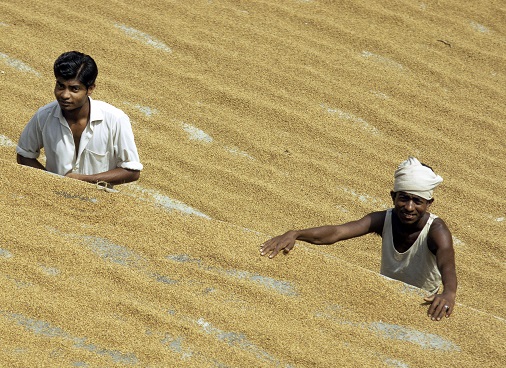
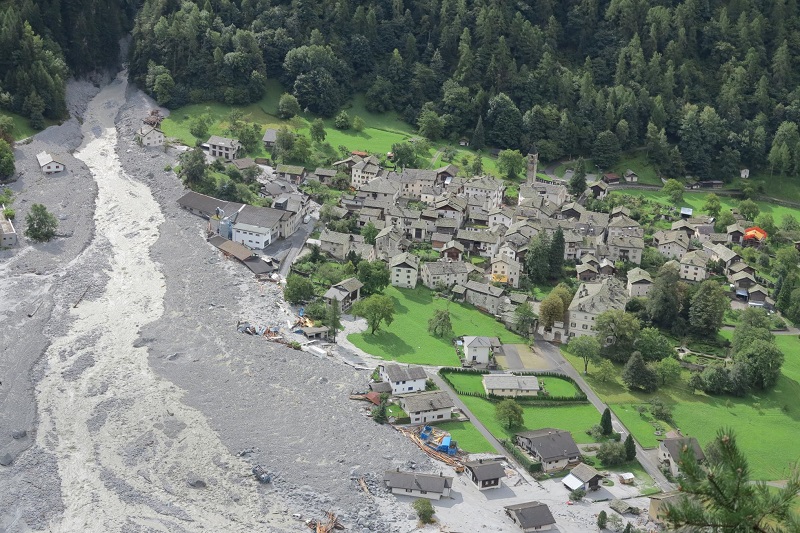
8. Most vulnerable and poor hardest hit by climate change
- Vulnerability to climate change impacts is high in countries and parts of the population with low incomes.
- Failure to address and adapt to climate change will have disastrous consequences for hundreds of millions of people and will hinder development in developing countries.
- Failure to mitigate and adapt could push 100 million people below the poverty line by 2030.
- Climate change ‘hotspots’ will push tens to hundreds of millions to migrate, mainly within borders by 2050.
9. Equity and equality pivotal to successful climate change mitigation and adaptation
- Success and failure of climate policies highlight importance of addressing social issues.
- Social justice is an important factor for societal resilience in the face of climate change, vital for both local and global cooperation to facilitate mitigation and adaptation.
10. Time may have come for social tipping points on climate action
“Time is running out.”
- An increasing number of citizens in various countries are seriously concerned about climate change.
- History shows that 21-25% of a population need to change their behavior to enact significant system-level changes.
- Deep and long-term transformations driven by a great diversity of actors are needed to meet the Paris Agreement and the SDGs.
- Recent massive civil protests are getting close to the thresholds where we could expect “tipping” of some socio-economic systems.
Future Earth and The Earth League would like to thank the members of the editorial board, the corresponding and contributing authors, reviewers, and the secretariats for their contributions. The report was made with support from the Potsdam Institute for Climate Impact Research (PIK), Future Earth Health Knowledge-Action Network, Global Carbon Project (GCP), Global Mountain Biodiversity Assessment (GMBA) and Mountain Research Initiative (MRI).
Future Earth is governed by the International Science Council (ISC), Belmont Forum of funding agencies, the United Nations Educational, Scientific, and Cultural Organization (UNESCO), the United Nations Environment Programme (UNEP), the United Nations University (UNU), the World Meteorological Organization, and the Science and Technology in Society (STS) forum.
Other media:

